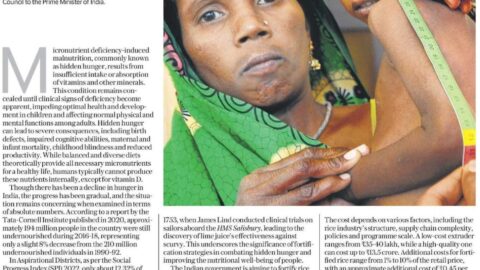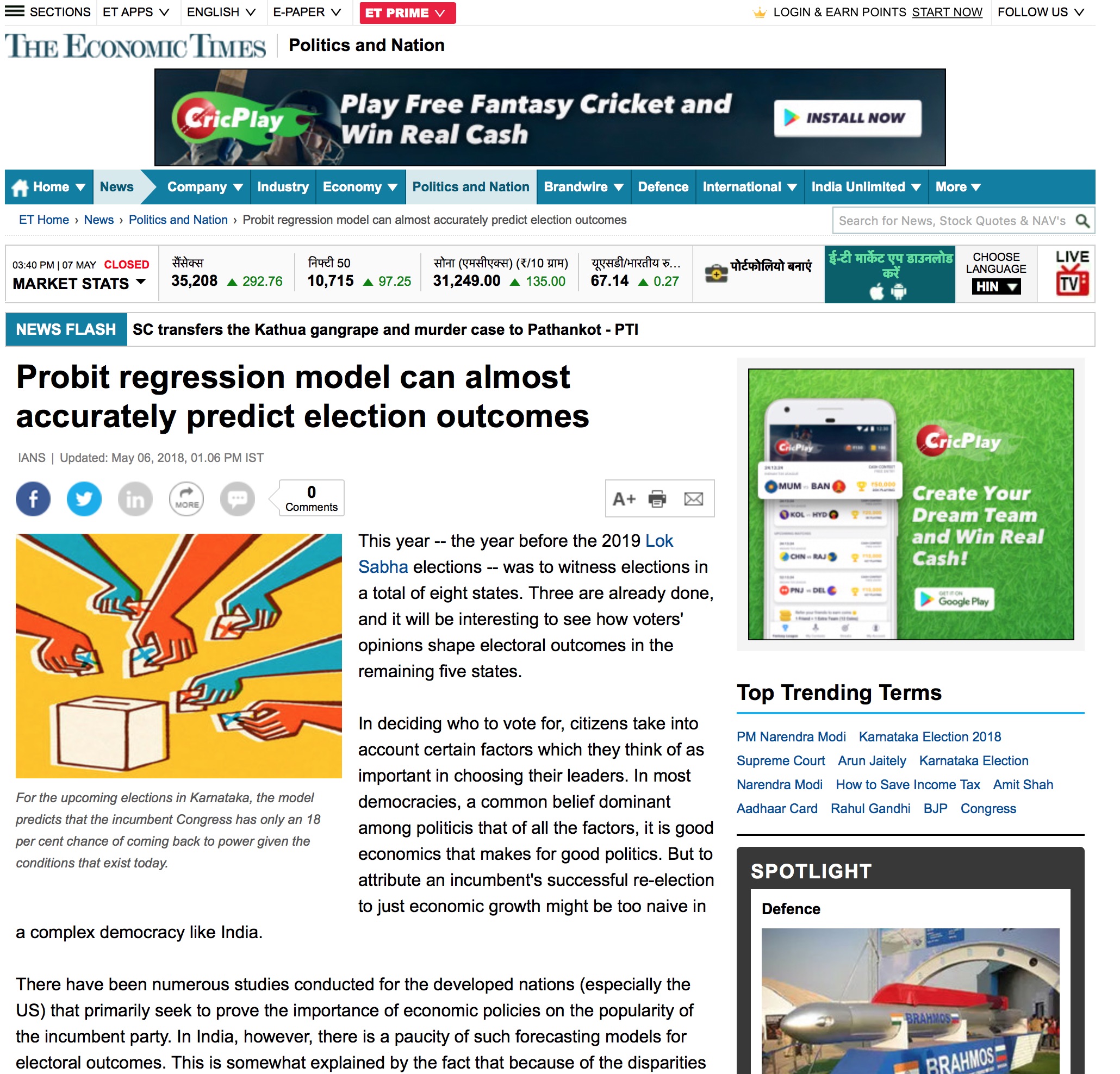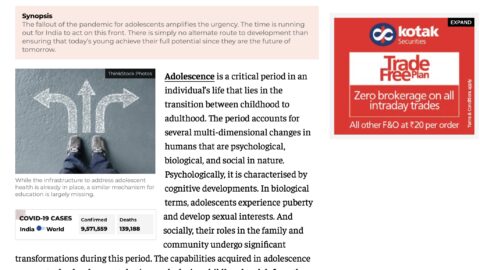The foundation of basic education is Language; it is a critical determinant of foundational learning because a learner’s competence and growth depend on how they are taught and instructed using language to communicate. Hence, to improve foundational learning skills, it is crucial to understand language as a fundamental tool and medium through which communication occurs, ensuring learners’ full participation, especially children in the early years of education.
In the backdrop of covid-19 induced learning loss, the main goal is to recover to the pre-pandemic level. However, for this to happen, the focus should be on ‘how early literacy programmes can work better and ‘why does an early literacy programme work or not work,’ because this will determine what kind of foundational literacy and numeracy programmes work and produce the desired results. Therefore it is important to focus on the basic foundation of education, i.e. Language
Language is the first step towards becoming literate. When children learn to read and write, they must understand the instructions communicated through a language they understand. However, India’s cultural and linguistic diversity of more than 1.3 billion people makes integrating each child’s language(s) in the classrooms challenging. This hinders the learning process and ability from participating in society, especially those belonging to marginalized sections. Prime Minister Narendra Modi emphasized this in his speech on the Amrit Mahotsav of freedom, i.e. the 75 years of Independence of India, as he said, “Now our children will neither stop due to lack of skills nor will they be bound by language barriers.”
The second edition of the State of Foundational Literacy and Numeracy (FLN) highlights the role of language in acquiring critical foundational skills and its importance in acquiring early literacy. The report mandated by the Economic Advisory Council to the Prime Minister (EAC-PM) was released by Institute for Competitiveness at #TheIndiaDialog Conference at US-Asia Technology Management Center, Stanford University on February 24th. It is a data-oriented report that continues to build an understanding of the overall state of Foundational Learning and identify bottlenecks for each state/UT. The report emphasises the significance of a child’s foundational learning years in their overall development. It also emphasises the importance of well-planned early interventions, such as the National Education Policy (2020) and the NIPUN Bharat guidelines, in achieving long-term improvements in learning outcomes. This edition has a special section dedicated to National Assessment Survey (NAS) and Foundational Learning Study (FLS) 2022 insights and Distance from the frontier calculation.
Children’s early foundational years are important because they learn the fundamentals of reading and mathematics during these years, which affects their long-term learning outcomes. In light of this, continuous assessment of foundational learning and numeracy is integral. The key highlight of the report is the Foundational Literacy and Numeracy Index.The index based on the five pillars, i.e. Educational Infrastructure, Access to Education, Basic Health, Learning Outcomes and Governance, continues to act as a benchmark in assessing the performance of states and union territories and promoting peer-to-peer learning to leap forward to realise the goal of universal FLN by 2026-27.
The Index presents a comprehensive evidence-backed view of factors driving India’s learning outcomes in early grades and outlines pathways for improvement. Overall, 18 of the 36 states/UTs scored higher than the national average score, i.e. 44.48 in the FLN index.
Overall, there is a drop in the Learning Outcomes pillar scores of all states/uts; this reflects the extent of learning loss caused by the Pandemic, as the NAS survey was held in November 2021, when most schools began to recover from the learning loss caused by the pandemic.
Punjab emerged as a positive outlier in the index’s pillar scores, demonstrating its strong performance due to the improved learning outcomes and infrastructure, and focus on the quality of education for all through Padho Punjab, Padhao Punjab (PPPP) Programme. It is the only state that has seen more than a 20-point increase in mean scores across all subjects for grades 3 and 5 since 2017. It is noted that there is an overall drop in mathematics scores for all states and UTs except Punjab in both grades 3 and 5, indicating that students will need time to recover from learning loss caused by the pandemic. It has also been observed that most states’ grade 3 and 5 NAS scores have decreased.
North-eastern states have seen major increases in dropout rates, according to UDISE + 2020-21 data. Manipur has the country’s highest primary school dropout rate, at 8.6 per cent. It is closely followed, with 8.3 in Arunachal Pradesh and 8.1 in Mizoram. Moreover, the performance of these states on the educational infrastructure pillar, particularly Meghalaya, is concerning 3.01; therefore, concrete efforts are required to strengthen the region’s educational infrastructure. On the other hand, overall, all states have satisfactory PTR for primary schools, i.e. 30:1. Overall, all states have satisfactory PTR except for Bihar(57)and Delhi (33). Lastly, states/uts have performed relatively well in pillar educational infrastructure. However, it must be noted that while investment or improvement in educational infrastructure is critical, focusing solely on them will not result in improved learning outcomes.
Finally, it is critical to recognise that the road to improved foundational learning skills is not an overnight process; concerted efforts are required to address the learning crisis, including systemic approaches to improve learning for all children; reaping the benefits of education will take years.
The Government of India recently announced a Centrally Sponsored scheme, namely, “New India Literacy Programme” (NILP), for five years from 2022-23 to 2026-27. The programme aims to cover a target of 5 crore learners during the five years under Foundational Literacy and Numeracy component. Additionally, the 2022-23 budget allocation towards the Samagra Shiksha mission increased by almost 20 per cent, from Rs. 31,050 crores to Rs. 37,383 crores.
However, a holistic database that captures disaggregated data on FLN-related outcomes needs to be integrated into education systems to improve Foundational Literacy and Numeracy outcomes. State governments must drive this initiative by increasing budgetary allocations and aligning policy measures closely with the Central government, NGOs and public–private partners.
The article was published with Business World.
























